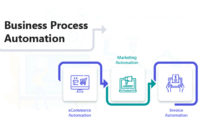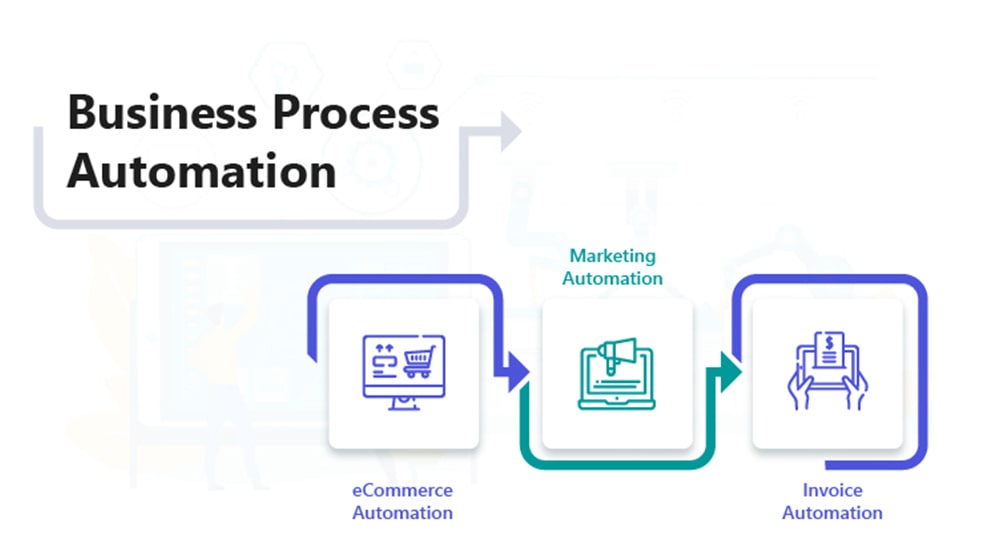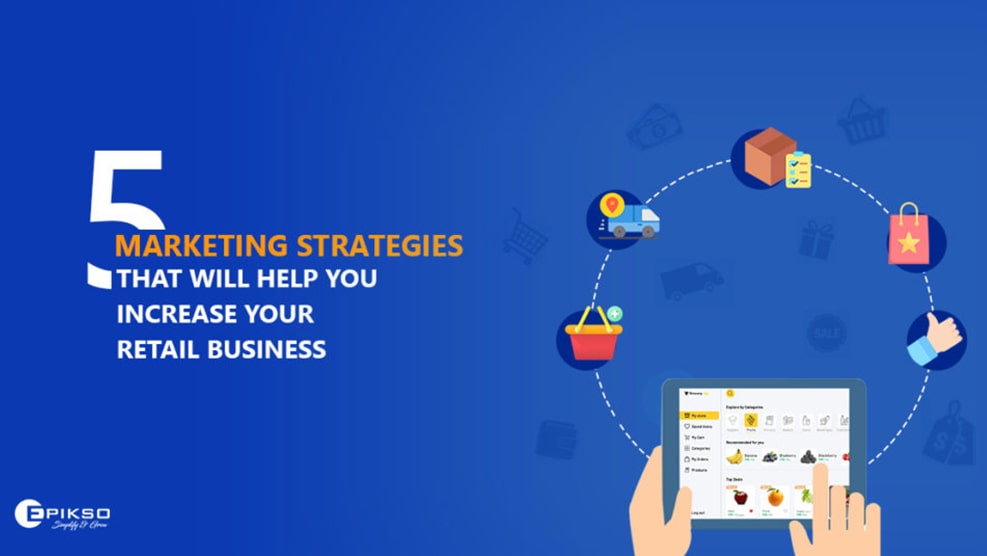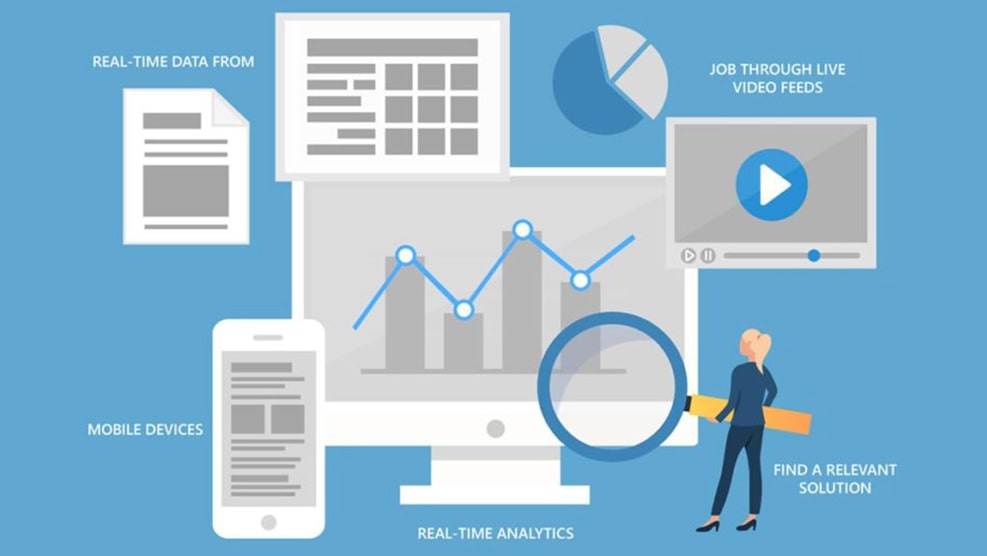How to use automated customer experience management software to maximize business potential?
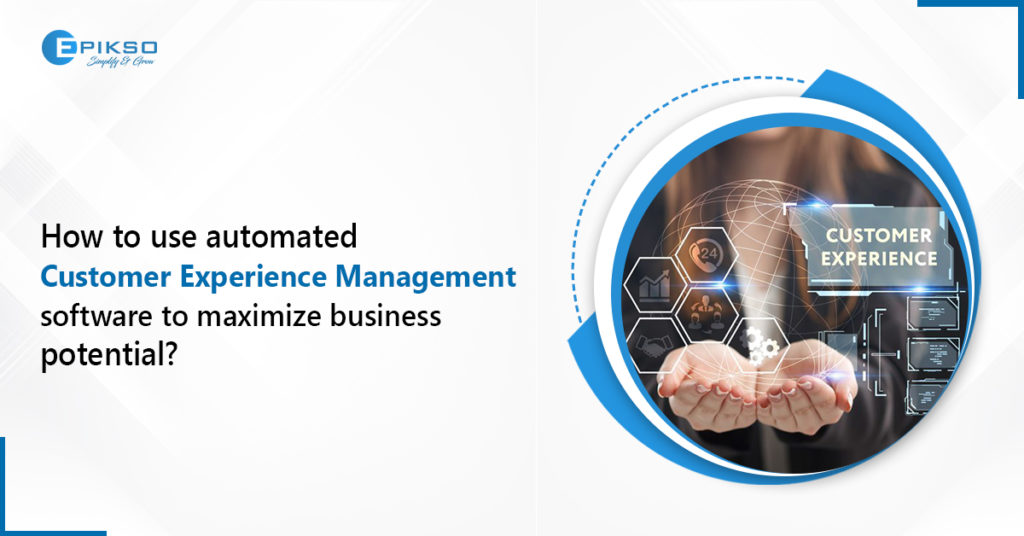
Introduction
It is a well-known fact that providing a positive customer experience management with or without any software solution encourages customer retention and increased repeat business. But that is not all. Customer experience or CX is the factor that makes the journey for a new customer enjoyable and seamless. This seamless customer journey involves many factors. Factors like how easy it was for the customers to find what they were looking for? How easy was it for them to add products to their cart? How encouraged were they by the product delivery timelines? And, most importantly, how complicated or easy was it for the customer to complete the purchase?
Not many organizational software can do all of that. However, customer experience management tools that integrate third-party analytics and display them in a meaningful manner can provide you with the edge you need to grow your business. That is why it is impossible to define customer experience management without using software that is primarily responsible for collecting the data from all the questions asked above. So what is customer experience management software?
- Part 1: What is customer experience management software?
- Part 2: What is the difference between customer relationship management and customer experience management?
- Part 3: Five impactful ways to use customer experience management software to improve your organizational revenue.
- Part 4: Conclusion
What is customer experience management software?
Customer experience management software is a connected solution beyond traditional CRM to help you build a complete view of your customer interaction to create, manage, serve, and nurture lasting customer relationships.
To put it somewhat simply, a customer experience management system is a software platform that encourages customer engagement, satisfaction, and experience to put customers at the center of the business. A fully-fledged customer experience management software also helps an organization develop a customer experience mindset that prioritizes an end-to-end customer journey and helps to do it at scale, on any channel, in real-time. And this software is essential for all customer-facing businesses today.
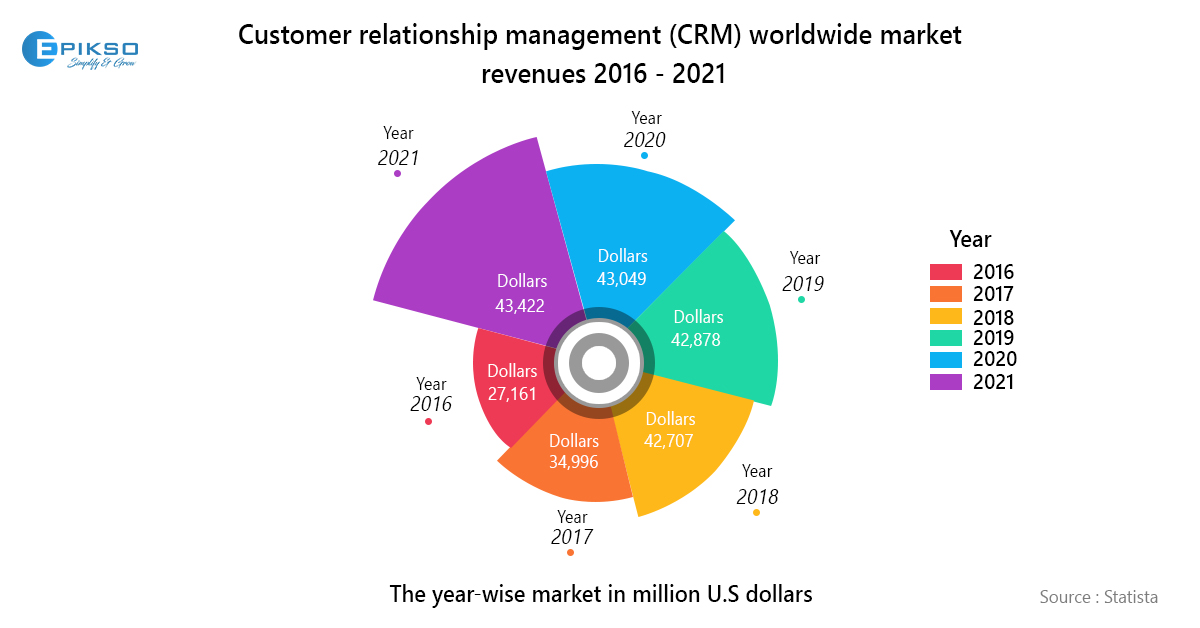
What is the difference between customer relationship management and customer experience management?
Before we go any further, we first understand the difference between customer relationship management and customer experience management. A customer relationship and the software solutions that manage a company’s relationship with their customers rely on impersonal data. That means these I.T. solutions look at customers in terms of statistics, data, and trends. In contrast, a customer experience management software unifies all the previously mentioned data and builds customer experiences to develop a full customer lifecycle experience. These new solutions use A.I., IoT, and data to anticipate the customer’s needs and respond faster to any of the customer’s demands in real-time. This proactive mindset has proven to increase customer engagement and loyalty and drive profitability for the businesses that have installed and keep customer experience management software at the center of their operations.
A few years ago, customer relationship management tools had taken center stage. One of the reasons behind this fact was that according to a survey in 2018, only 16 percent of organizations considered their company’s delivery of real-time customer interactions across various touchpoints and devices as useful. However, today the need of the market has evolved. Companies today don’t just have to interact with the customer but anticipate their needs. To help them do so, customer experience management software use B.I. or business intelligence and analytics data to improve their understanding of their customer behavior.
These customer experience management software solutions have already been effective. So effective that, according to Statista’s IT Market Model, this industry is expected to grow consistently in the next few years and reach market revenue of around 95.4 billion U.S. dollars worldwide by the end of 2021.
Five impactful ways to use customer experience management software to improve your organizational revenue.
The year 2020 has redefined the way we all function and the way brands interact with customers. Today brands require their technology to feel more human and their customer experiences to represent the company and its products to a brand new informed, and socially engaged customer. To help a brand navigate these problematic waters a customer experience management software should be able to –
1. Understanding a brand’s customers
To deliver a great customer experience, you have to know and understand your brand’s customers better than ever before. That means creating and maintaining complete customer profiles. These customer profiles traditionally have had data like demographic, transactional, and log-in data. But with the evolution of customers, it is required for a brand to compile data from social media channels, geolocation apps, RFIDs, sensors, OTT networks, etc. These data pieces help an organization understand and measure their customers’ journeys at every touchpoint and across multiple channels.
A customer experience management software helps brands collate all the data and add contact history, responses, and transactional history interspersed throughout the customer life cycle to create a compelling experience that delivers results by improving specific touchpoints, understanding what a brand’s customers want and expect from it and helping a business make better decisions faster.
2. Developing new digital strategies
Customers have shifted their attention away from luxuries like restaurants and unrestricted travel to home necessities. They have turned their attention towards online retailers. Even as regions re-open or loosen restrictions, people will continue to look favorably upon online shopping as the safest path to stock up on necessities. And when these same consumers order luxury items they previously may not have considered buying online, they will need to be delivered an omnichannel brand strategy with experience-led design elements.
To develop these brand-new digital strategies, organizations need to take action with the data they have effectively. They also need to use new resources like A.I. and IoT as accelerators to encourage more customer interactions. The artificial intelligence in customer experience management software captures a brand’s action data points to map analytics to specific stages in the customer life cycle. This helps a brand deliver the right message to the right place at the right time and make different strategies according to the life cycle stage. From delivering an informative message for the initial consideration phase, to a personalized message in the active evaluation, to a congratulatory message at the moment of purchase, and even a customized touch base message for the post-purchase experience.
3. Driving customer loyalty and retention
After developing a thorough understanding of a brand’s customer, a customer experience management software can use that knowledge to personalize every interaction. It uses all the collected data to focus on the customer and the context in which the customer operates. Adding context can help an organization deliver relevant, insightful offers, recommendations, advice, and service actions when a customer is most receptive.
The customer today has more presence, power, and choice than ever before. They can navigate off from your brand’s portal with just one click of a button. If a brand does not provide a personal, relevant, timely, and insightful message, a brand can alienate them. However, brands that use this data and deliver powerful, intuitive experiences drive brand loyalty and encourage customer retention.
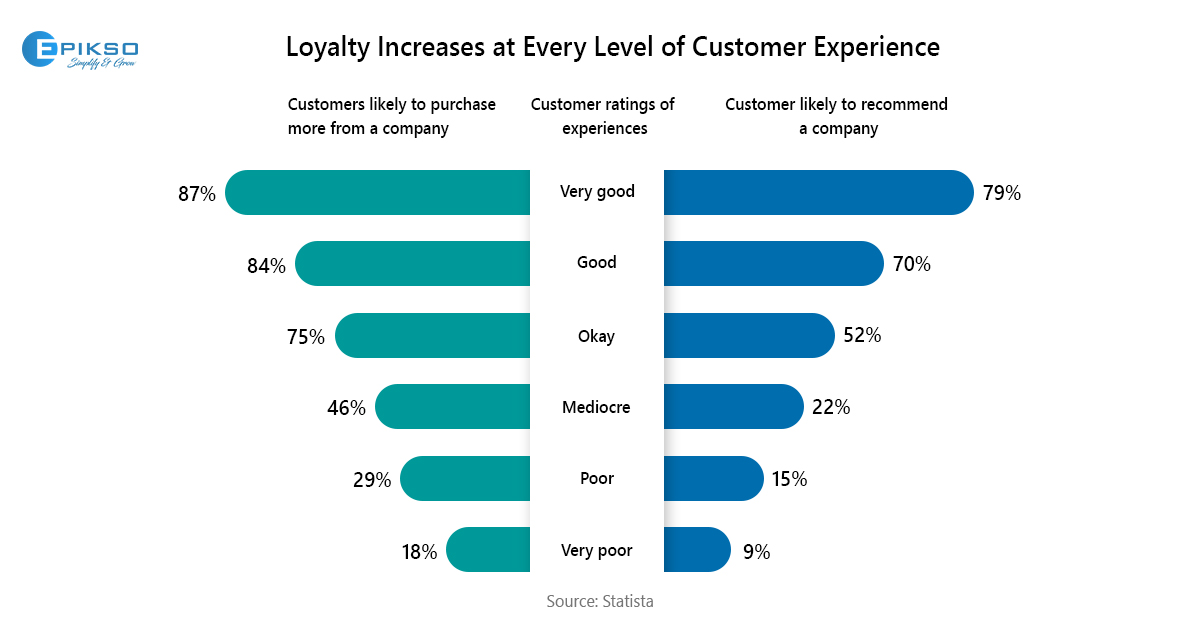
4. Accelerating Growth
Digital demand for products has outpaced traditional sales. One of the main reasons behind this factor is that socially-distanced consumers are driving the market now. This uptick in digital commerce has exposed both challenges and shortcomings of traditional retailers. As orders have ramped up for brands, every aspect of the online experience has fallen under the pressure to deliver a perfect experience.
In a world where consumers prefer the convenience and safety of ordering online, a brand needs to meet its customers at their doorstep. Customer experience management software helps brands do just that by quickly quantifying the number of orders that need to be received. After which, it helps the company make tasks for the products picked from the shelves by employees and staged for pickup. Finally, it prepares pickup windows that need to be made readily available for consumers to drive up and load their trunks.
5. Measuring successes
Measuring customer experiences is one of the biggest challenges faced by organizations and brands. One of the reasons behind this was that companies were using multiple surveys, analytical tools, and professional services. That is why most organizations were unable to compile this data successfully into usable data pointers.
To measure customer experience, one needs to implement tools that have the ability to measure products, their customers, and the geolocation they are ordering from. These insights delivered through a single dashboard in a customer experience management software facilitate the development of smarter, more agile products and services. These data pointers in the form of graphs and visual and not spreadsheets actively help organizations streamline their customer experience and background operations.
Conclusion
Implementing customer experience management software in an organization can sound daunting. To be honest, it is not an easy task. The software solution needs to be installed in various devices across multiple departments and needs to work on different operating systems to be truly useful. This can escalate a company’s I.T. spend. The automated tool from Epik Solutions is a collaborative, customizable customer experience management solution. This solution is easy to install and can be integrated with any other organizational technology that your company might be using.
To help a brand quickly transition from their legacy solution towards a new intelligent solution, Epik Solution assigns solution designers, developers, and advisors to every specific client. These developers and designers can help a brand navigate through every challenge of upgrading to our solution and create customized workflows that help them leverage the full potential of the software solution quickly.
If you are looking to upgrade from your legacy solution to our new tool or are just curious about customer experience management software, feel free to connect with us at contact@epikso.com or give us a call at +1-925-444-0466, and our solution advisors will be happy to help.






